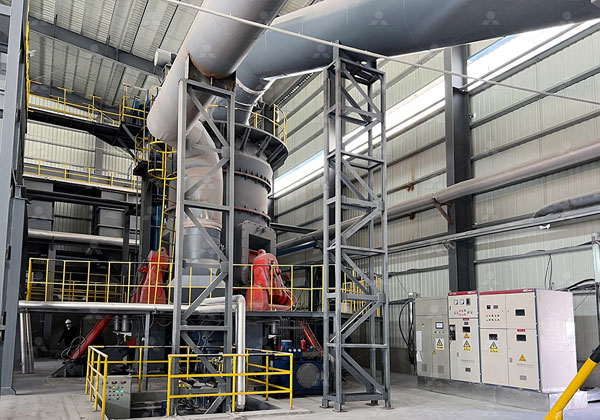Vertical cement mills are widely used in the cement industry for grinding raw materials and clinker. These mills play a crucial role in the production of cement, and their operating data is essential for optimizing their performance. In this article, we will discuss the key operating data for a vertical cement mill, highlighting the importance of each parameter in the cement manufacturing process.

Mill Feed: The mill feed is the raw material that is introduced into the mill for grinding. This can be limestone, clay, shale, or any other suitable material. The quality and consistency of the mill feed are vital in achieving the desired cement quality.
Mill Power: Mill power is the energy consumption of the mill during operation. Monitoring mill power helps in optimizing the grinding process, ensuring it’s neither underloaded nor overloaded, which can impact both grinding efficiency and the mill’s mechanical integrity.
Grinding Pressure: Vertical cement mills use rollers and a grinding table to crush and grind the raw material. The grinding pressure applied by the rollers is a critical parameter that affects the fineness of the cement and the overall efficiency of the mill.
Mill Fan Speed: The mill fan is responsible for providing the necessary airflow to transport the ground material and separate the fine particles from the coarse ones. Proper fan speed is crucial for efficient classification and dust collection.
Separator Efficiency: The separator in the mill helps in classifying the ground material into fine and coarse fractions. Monitoring the separator’s efficiency ensures that the desired product fineness is achieved.
Circulation Load: Circulation load represents the mass of material circulating within the mill. It’s important to maintain an optimal circulation load to ensure efficient grinding and minimize overgrinding.
Feed Size Distribution: The size distribution of the mill feed impacts the grinding process. A consistent and well-controlled feed size distribution is essential for stable and efficient mill operation.
Material Moisture: The moisture content of the raw material can significantly affect the grinding process. Excess moisture can lead to clogging, reduced grinding efficiency, and the need for additional energy.
Blaine Fineness: The Blaine fineness is a measure of the specific surface area of the cement. It indicates the cement’s quality and is often a key parameter for quality control and product performance.
Mill Outlet Temperature: The temperature of the cement leaving the mill is important for the subsequent processes, such as storage and transportation. Controlling the outlet temperature is crucial to prevent the cement from setting prematurely.
The operating data for a vertical cement mill is a complex set of parameters that must be carefully monitored and controlled to ensure efficient and high-quality cement production. Proper management of these parameters can lead to improved performance, reduced energy consumption, and a consistent product that meets the required standards. Cement manufacturers should invest in modern instrumentation and control systems to optimize their mill operations and maintain a competitive edge in the industry.
